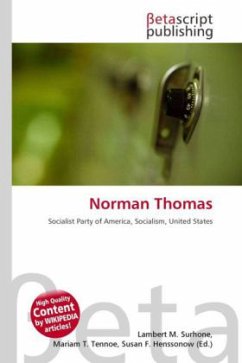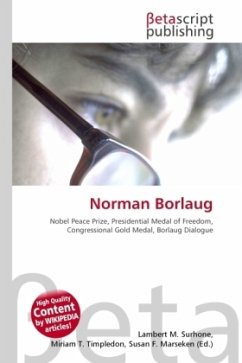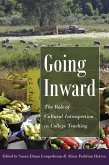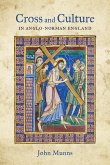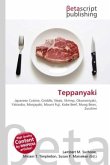High Quality Content by WIKIPEDIA articles! The term Scoto-Norman (also Scotto-Norman, Franco-Scottish or Franco-Gaelic) is used to described people, families, institutions and archaeological artifacts that are partly Scottish (in some sense) and partly Norman (in some sense). It is used to refer to people or things of Norman, Anglo-Norman, French or even Flemish origin, but are associated with Scotland in the Middle Ages. It is also used for any of these things when they exhibit syncretism between French or Anglo-French culture on the one hand, and Gaelic culture on the other. For instance, the Kings of Scotland between the reign of David I and the Stewart period are often described as Scoto-Norman. A classic case of Gaelic and French cultural syncretism would be Lochlann, Lord of Galloway, who used both a Gaelic (Lochlann) and French name (Roland), and kept followers of both languages. Another example of a Scoto-Norman, would be Robert the Bruce, who had a dual Norman-Gaelic heritage. The term is by historians as an alternative to Anglo-Norman when that term pertains to Scotland.
Bitte wählen Sie Ihr Anliegen aus.
Rechnungen
Retourenschein anfordern
Bestellstatus
Storno


